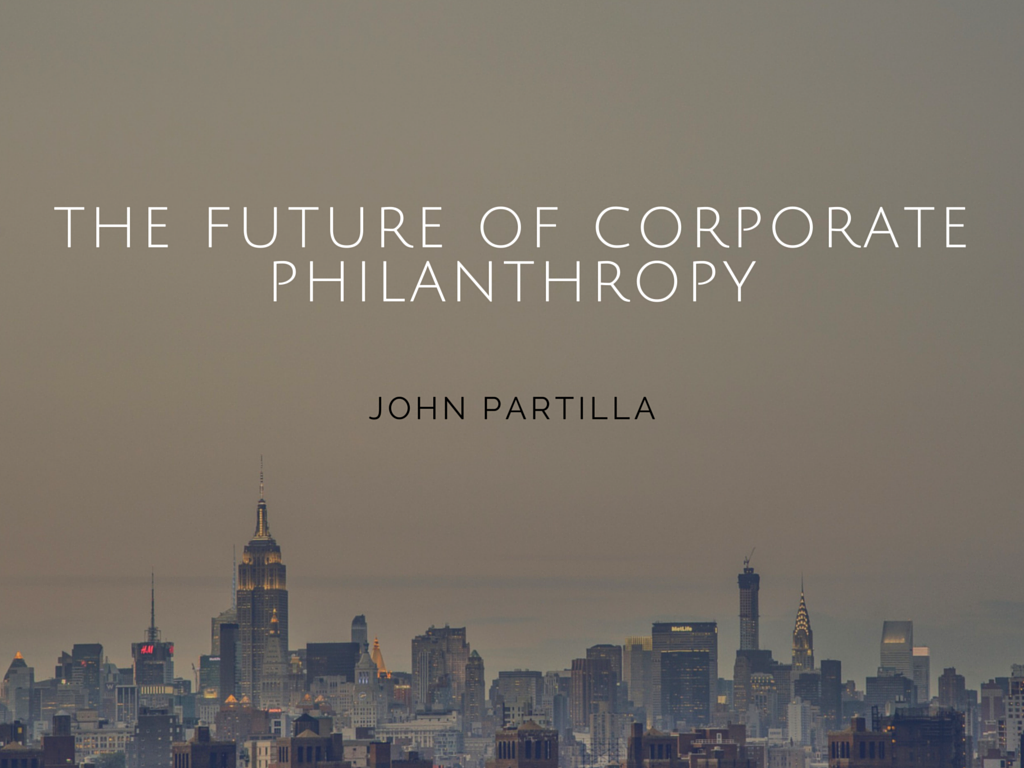 Coca-cola is a global leader and their might isn’t easily challenged within the beverage industry. They’ve provided the public countless products and brands, including an absurd variety of fruit juices, sports drinks, and other beverages. The refreshment company can credit a great deal of their success to their ad choices and marketing decisions. Read on to learn a bit about some of Coca Cola’s most memorable ads:
Coca-cola is a global leader and their might isn’t easily challenged within the beverage industry. They’ve provided the public countless products and brands, including an absurd variety of fruit juices, sports drinks, and other beverages. The refreshment company can credit a great deal of their success to their ad choices and marketing decisions. Read on to learn a bit about some of Coca Cola’s most memorable ads:
Hilltop
This 1971 ad is probably the most memorable Coca-Cola ad there is, featuring a song that is recognizable even to those born after it aired. It, like many successful Coke ads, features a song and is almost music video-like in format. The video shows a lone singer, who is quickly joined by a crowd of people, singing “I’d Like to Buy the World a Coke.” The singers, according to the end of the video, are “young people from all over the world.” The ad’s emphasis on community and happiness is also typical of Coke ads. This message has persisted in Coke ads even up until the present day.
Always Coca Cola
This 1993 ad is the only one on this list not to feature characters–neither humans, nor anthropomorphized non-humans appear during it. Instead, it plays a short, catchy song, accompanied by very simple imagery: the coke logo on a flashing background, with projected lyrics. Thus, music–which is already, as stated above, a very important feature in many Coca-Cola ads–is given importance over everything else.
Catch
Here’s a much more recent commercial from Coke. This commercial also doesn’t feature any humans, although it does have humanlike animals: a number of adorable animated polar bears, starring the clumsy but loveable NE_Bear. This was not the first time polar bears were used in Coke advertising, and it wouldn’t be the last. Polar bears were first used in a 1993 advertisement, in an animated TV spot entitled “Northern Lights.” There have also been several polar bear ads after 2012. But “Catch,” is especially cute, simple, and well worth the watch.
Heist
For more animals enjoying Coke, there’s “Heist”, a 2009 Superbowl commercial that won that year’s Emmy for “Best Commercial.” In “Heist”, insects join forces to steal a sleeping man’s Coke, their colorful exploits set to the music of Prokofiev’s Peter and the Wolf. The commercial is bright and cheerful, and though stealing a Coke seems at first to go against the usual idea of “sharing a Coke”, the ad nonetheless touches the usual points of teamwork and community building.
Taste the Feeling
Here’s an ad that strives to recreate the music video-like “Hilltop” with more modern sensibilities. The song, by the artists Avicii and Conrad Sewell, does not sound like an advertising jingle: the word “Coke” itself is only used twice, and the shape of the song does not draw very much attention to this product placement. But given Coke’s recognizability, that’s not a bad thing, and the wholesome, fun-loving qualities that mark Coke advertising are here too, to the cheery sound of dance music.
John Partilla is the CEO of Screenvision, and he’s a veteran of the marketing industry with nearly three decades of experience in a variety of roles. Please read “John Partilla Named Screenvision CEO,” “John Partilla: Screenvision Names Exec CEO – Variety,” “Screenvision Taps John Partilla To Be CEO As It Seeks To Rebuild” and his Screenvision profile to learn more. Also, check out his Crunchbase, Twitter, and LinkedIn.




